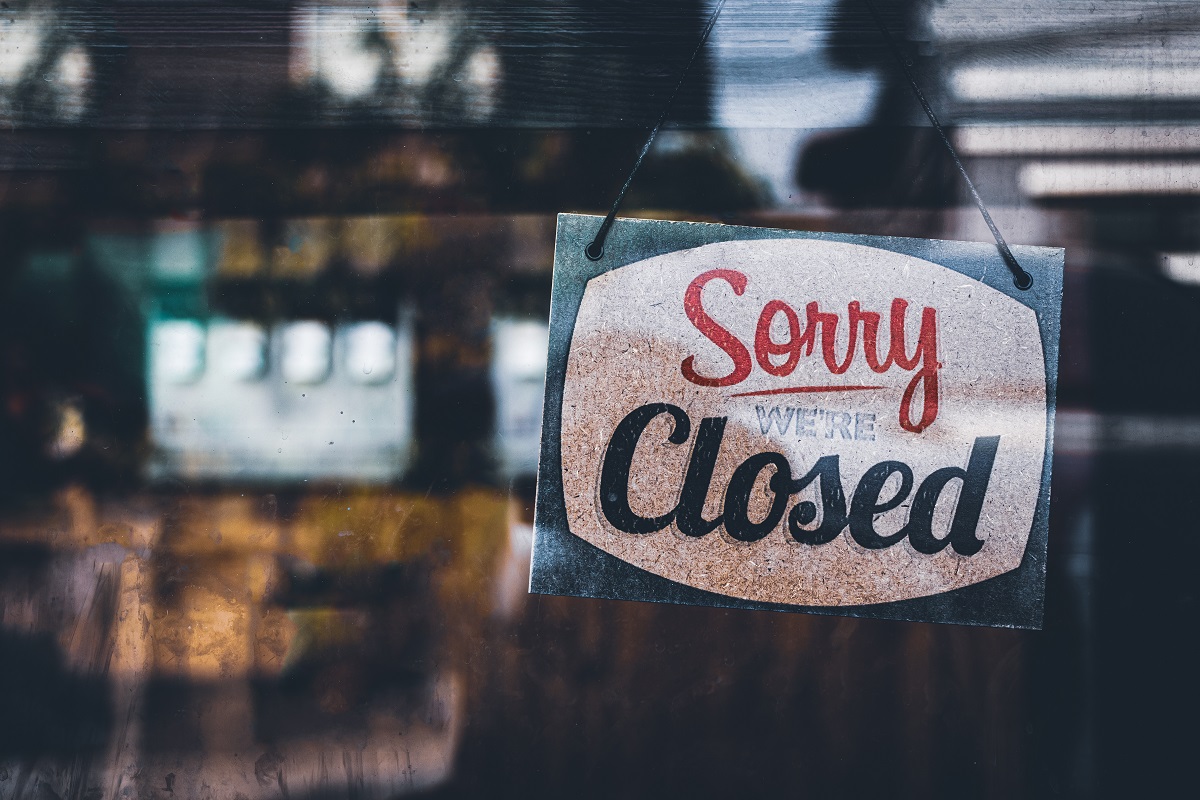The Doherty Institute is a centre of excellence where leading scientists and clinicians collaborate to improve human health globally and through its research and analysis the institute provides modelling to the Government to advise on its COVID-19 response.
So far the general response has been to lock down communities, cities, states and territories in a bid to get any outbreaks under control and bring Australia back to COVID-zero. However, the institute’s most recent modelling says that in future it will not be possible to maintain a situation where there are no cases at all. Instead, it says, we need to shift focus to keeping the number of people going to hospital and dying at a minimum.
This is a fundamental shift in Australia’s psyche regarding COVID-19. For huge parts of the last 18 months, Australia’s ability to keep COVID-19 numbers low and zero has spared us some of the terrifying numbers of cases and deaths that large parts of the world have seen. But those places now have much greater vaccination rates and have a much more comprehensive understanding of what it is like to live with this virus. This is where we need to get to according to the Doherty Institute, which said it understands how extremely challenging lockdown restrictions are for everyone.
So what does this actually mean?
The hope for hospitality is that through higher vaccination rates we move away from lockdowns, shifting towards learning to live with COVID-19.
“There is light at the end of the tunnel,” the institute said in a statement. “Once we achieve 70 per cent-80 per cent vaccination we will see less transmission of COVID-19 and fewer people with severe illness, and therefore fewer hospitalisations and deaths. COVID-19 won’t go away but it will be easier to control in the future.
“In an average year of influenza, we would roughly have 600 deaths and 200,000 cases in Australia. Any death is a tragedy, but our health system can cope with this. In the COVID-19 modelling, opening up at 70 per cent vaccine coverage of the adult population with partial public health measures, we predict 385,983 symptomatic cases and 1,457 deaths over six months.
“With optimal public health measures (and no lockdowns), this can be significantly reduced to 2,737 infections and 13 deaths.”
The institute said that far from having a ‘freedom day’ that other countries have seen, Australia will need to keep some health measures in place to help limit the spread of the virus, adding, “as vaccination rates increase, we’ll be able to ease up further and it is unlikely that we will need generalised lockdowns.
“Once we reach 70 per cent vaccine coverage, opening up at tens or hundreds of cases nationally per day is possible, however, we will need vigilant public health interventions with higher case loads.
“It might seem that these ‘test, trace, isolate and quarantine’ measures aren’t currently working – in New South Wales or Victoria. But they are. They are stopping transmissions and reducing the effective reproduction rate from five to closer to 1.3 in New South Wales. These measures will become more effective with more people vaccinated as vaccines also contribute to stopping transmission.
“We are moving towards better control of COVID-19 and a more stable future. We encourage everyone to stay vigilant, get vaccinated if you are eligible and take care of each other as we transition to living with COVID-19.”
The Doherty Institute team, with other modellers from across Australia is now working through the implementation issues specific to the states and territories, specific populations and high risk settings.

